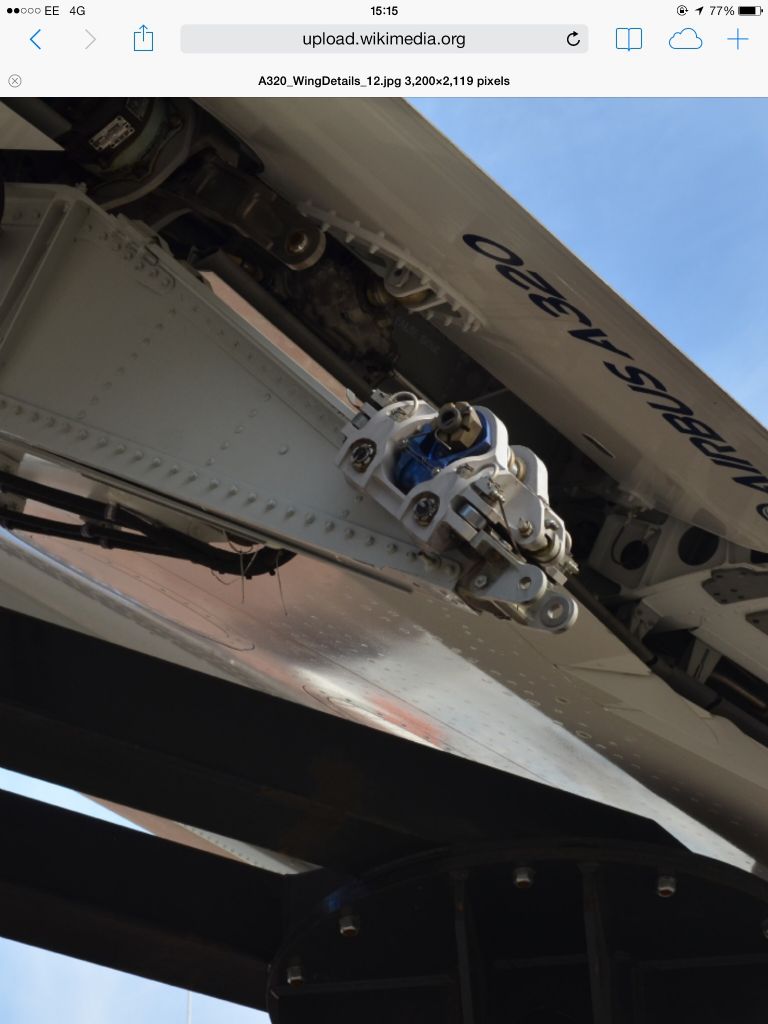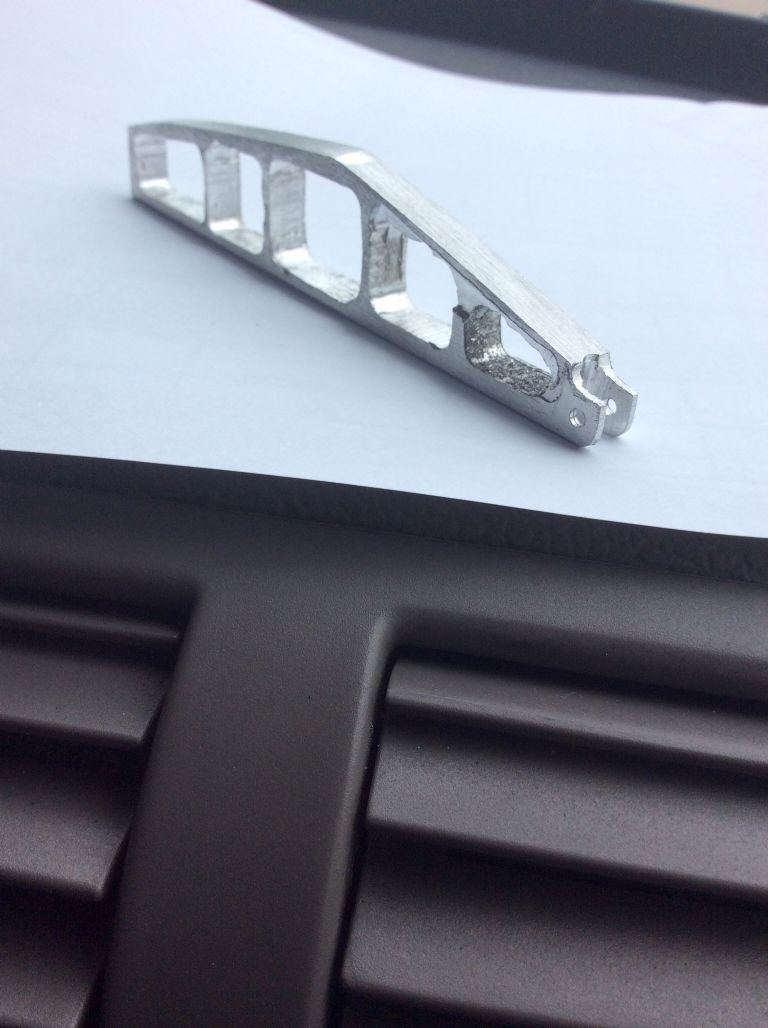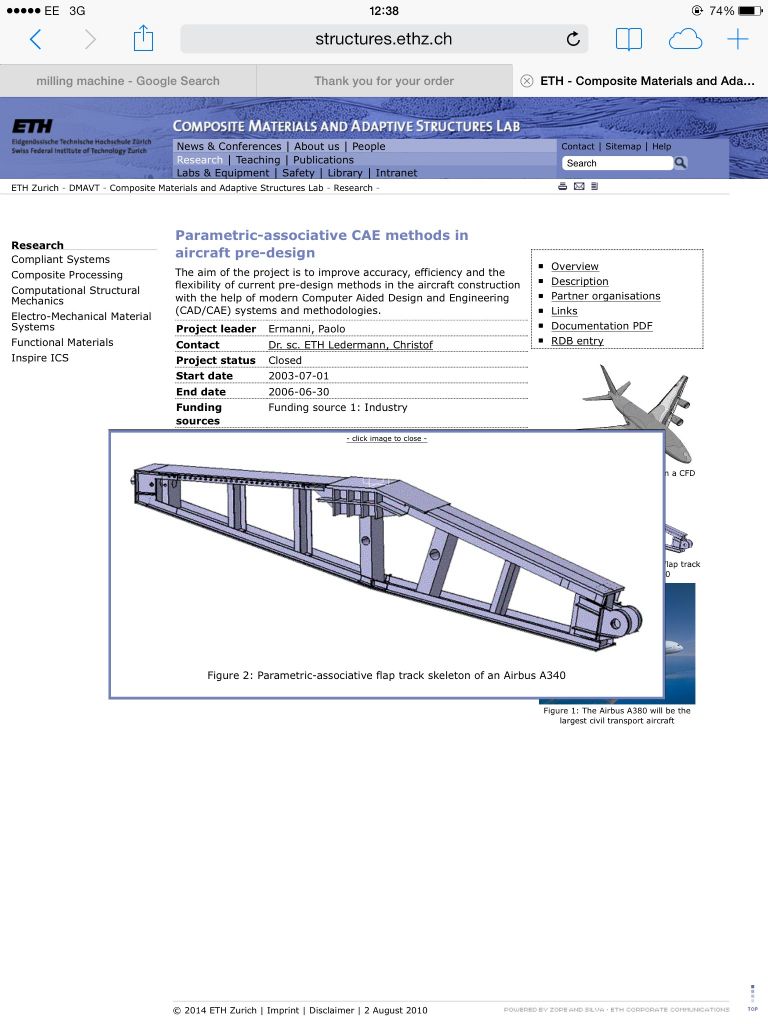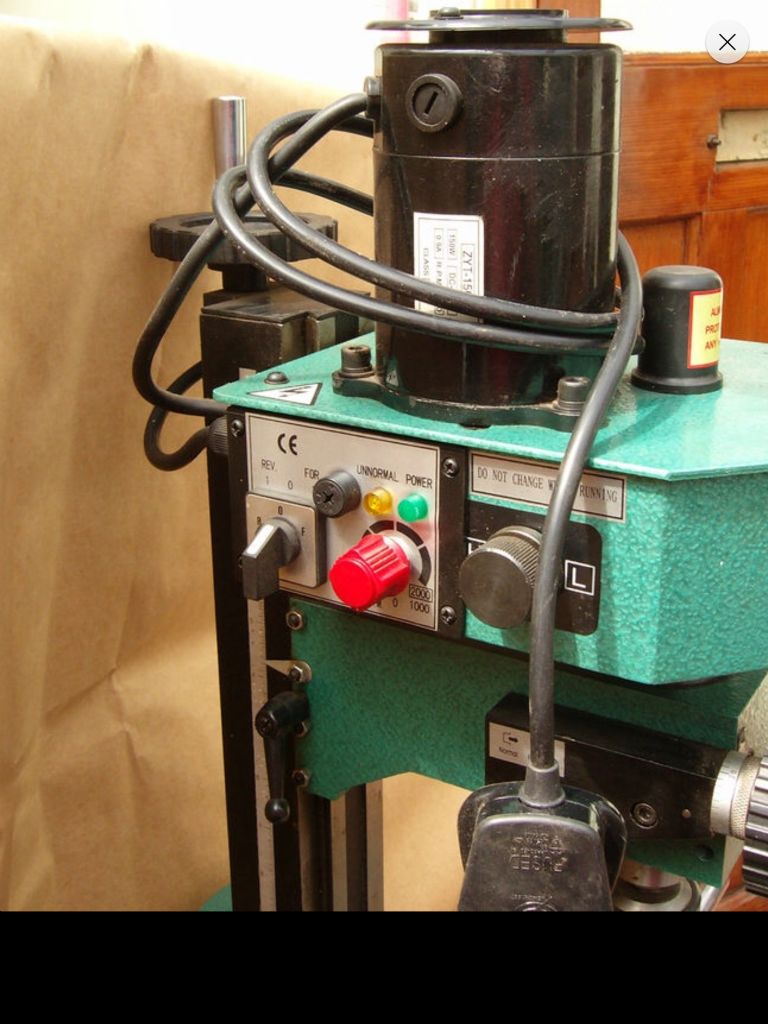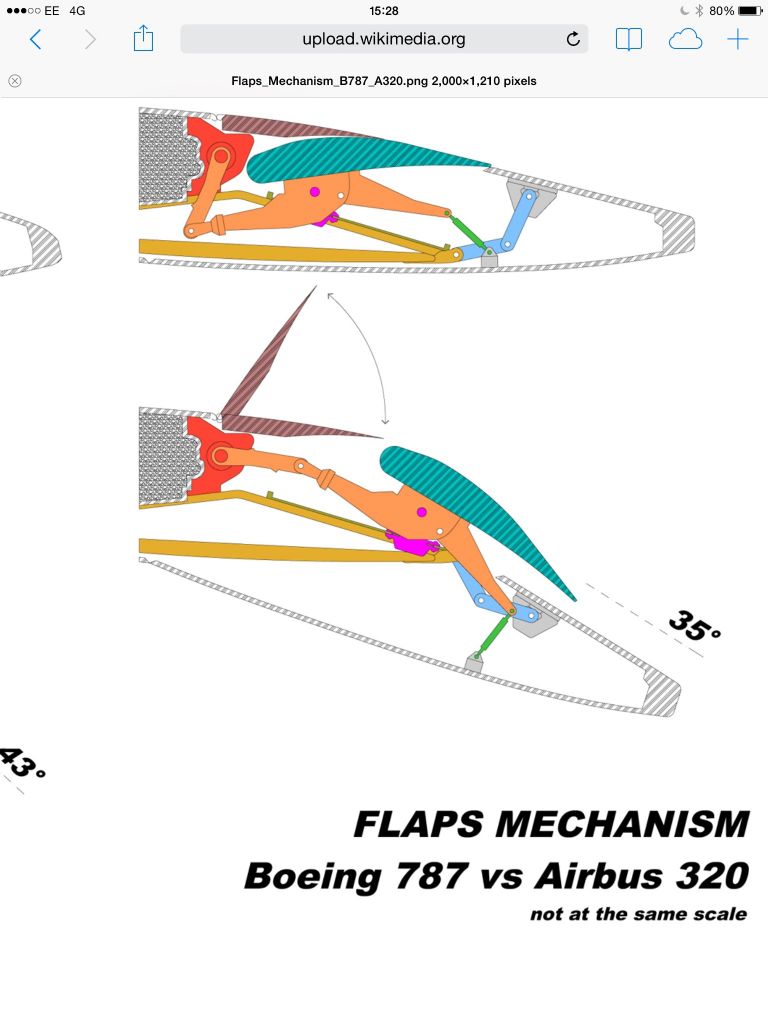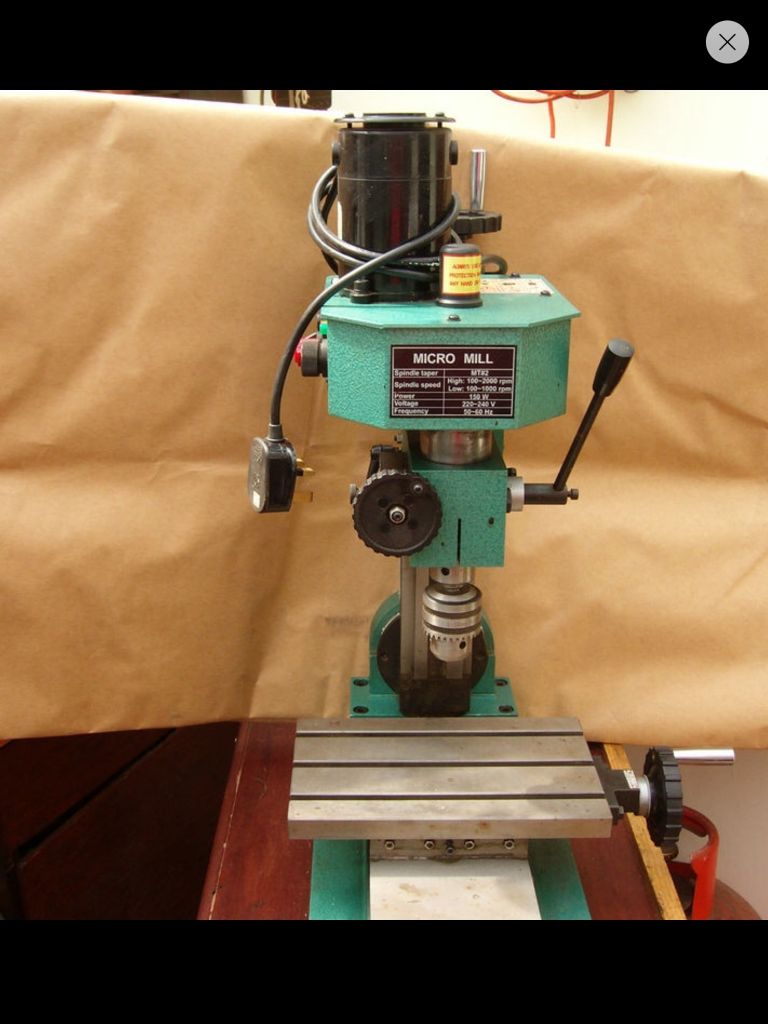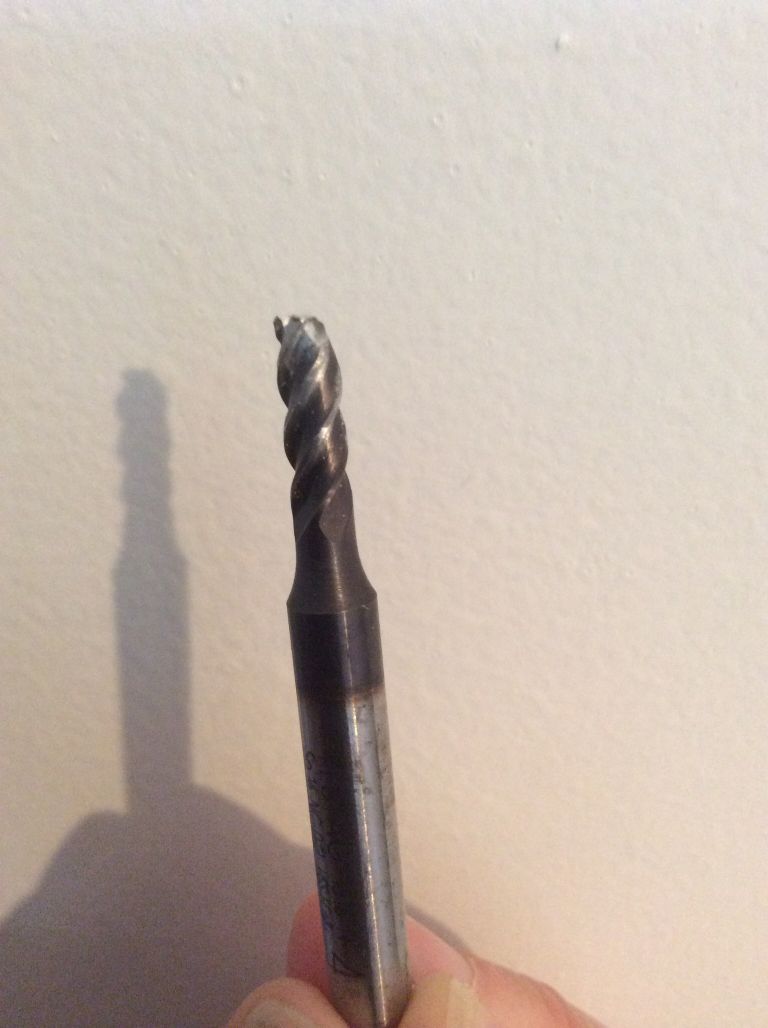Andy,
The first work I did was on a seig SX1 mill also on aluminium, it was a budget a machine – as cheap as they come but I had good results after learning a few essentials which I'll share, I'm certainly no expert so please keep that in mind. I was cutting some cheap mushy extruded aluminium profile and it was difficult, spongy and really not ideal – a 3/4" loc-line hose made for a great vacuum to keep pesky chips out the way – they really spoil the surface finish and generate heat.
First things first, tram the mill if you haven't already and adjust the gibs and backlash on all axis – don't aim for some extreme high precision setup if you don't need it, you'll just end up wasting time aligning the Z axis and with a leadscrew nuts that are tight and it will wear out in to time, backlash is normal and working with it in my opinion is normal.
Hold the cutters with a milling arbour don't use a drill chuck, they tend to spin visibly of axis – my absolute favourite arbour is a £70 Chinese ER25 collet & chuck set, these will hold anything between 1-16mm (metric imperial etc) – I also use mine in the lathe to hold anything that fit., if you need larger diameters consider ER32 but the price jumps up a bit. – its a one off purchase you'll keep through every machine you have and they hold their value 2nd hand should you wish to sell it on – but so few come up 2nd hand for a good reason.
regarding rpm, start low – really low – 300rpm for a 4-6mm cutter and feed the material into the cutter while feeling the pressure of the cut and watching the surface finish and work your way up to a speed and feed the looks and feels comfortable – its difficult to take a number out of book and apply it as your machine or cutter might not be strong/sharp enough to withstand the forces, and the sharpness varies which makes it even harder to quantify!
I only feed X and Y at the same time if I really have to (complex curves etc) otherwise, set up and then lock anything that doesn't move (y, z and the quill in my case) and crack on in a nice straight lines.
Don't use carbide cutters unless your machine and you are capable of driving them in deep – they seem to like cutting hard and fast – they're a bit like duracell batterys – they really come in to their own on high demand application.
– more flutes doesn't equal better =), the more flutes there are, the less space there is for the chips to get out of the way. the best cutter I have is specifically ground for a aluminium and its a 3 flute, carbide with a high helix – and it will tear through aluminium at double the speed of my regular HSS and carbide bits – any less and it doesn't clear the chips and instantly clogs and makes a mess – I don't have flood cooling to clear chips and as other have said, a wet of WD or kero frequently just prevents the chips sticking.
don't go to easy on it, once its set up and rigid take nice deep cuts if the situation allows – the cutter will cut more mass in its life taking one cut 1/2 its diameter deep rather than 10 cuts at 1/20th its diameter – just get stuck in =)
remember these are just uneducated experiences – I hope some of the points might help and I'm sure people could spend all day pointing out errors in my ways – I'm just trying to keep it simple for myself – I'm not aiming for perfection unless the scenario calls for it – its surprising what can be polished out…….. =)
All the best,
RussB
Andy Bladen 1.


